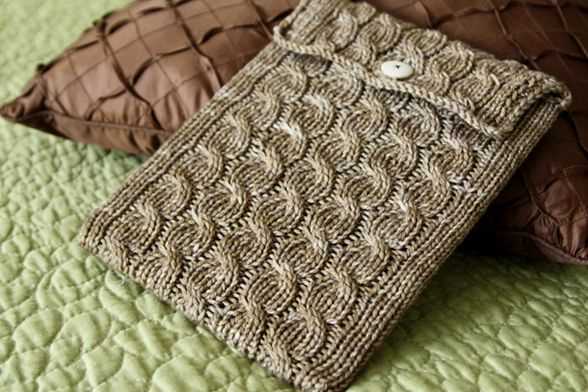
Do you often find yourself fidgeting with various objects throughout the day? Whether it’s tapping your pen, twirling your hair, or just needing something to keep your hands busy, fidgeting can provide a sense of comfort and relaxation. If you’re looking for a fun and creative way to satisfy your fidgeting needs, why not try knitting a fidget sleeve?
A fidget sleeve is a small knitted tube that can be slipped onto your hand or wrist, providing a secure and portable fidgeting tool. The texture and motion of the knitted fabric can offer a soothing sensory experience, helping to reduce anxiety and increase focus.
In this article, we will introduce you to a simple and easy-to-follow knitted fidget sleeve pattern. Whether you’re an experienced knitter or a beginner looking for a new project, this pattern is suitable for all skill levels. So grab your knitting needles and let’s get started!
What is a fidget sleeve?
A fidget sleeve is a knitted accessory designed to provide sensory stimulation and serve as a tool for people with anxiety, attention deficit hyperactivity disorder (ADHD), or other sensory processing disorders. It is often used as a coping strategy to help individuals stay focused, calm, and reduce stress.
The fidget sleeve typically fits over the forearm and hand, with various textures, colors, and sensory elements incorporated into the design. These elements may include different types of yarn, buttons, beads, ribbons, or other tactile materials. The combination of sensory elements provides a range of textures and experiences for the user to touch, feel, and manipulate.
Individuals who benefit from fidget sleeves often find that the repetitive motions and tactile sensations help to soothe anxiety, improve concentration, and promote a sense of calmness. The sleeves can be used in various situations, such as during stressful or overwhelming moments, in classrooms, during meetings, or even at home. They can be discreetly worn and used as a tool for self-regulation without drawing attention.
Knitting a fidget sleeve can be a creative and rewarding project, as it allows individuals to personalize the design and incorporate their preferred sensory elements. With a variety of patterns available, people can choose different stitch patterns, colors, and embellishments to create their own unique fidget sleeve. By knitting a fidget sleeve, individuals can also develop new knitting skills and enjoy the therapeutic benefits of the craft itself.
Benefits of using a fidget sleeve
A fidget sleeve is a knitted accessory that provides a variety of benefits for individuals who struggle with anxiety, stress, and sensory processing issues. The texture and design of the sleeve offer a tactile sensory experience that can help calm and focus the mind.
1. Stress and anxiety relief: The repetitive motion of running fingers over the various textures and stitches on the fidget sleeve can help reduce stress and anxiety. The touch and feel of the sleeve provide a soothing sensation, promoting relaxation and calmness.
2. Sensory stimulation: Fidget sleeves can provide much-needed sensory stimulation for individuals with sensory processing issues. The different textures, colors, and patterns on the sleeve can engage multiple senses, helping to improve focus and attention.
3. Increased concentration: Using a fidget sleeve can help improve concentration and attention span, particularly for individuals with ADHD or other executive functioning difficulties. The act of fidgeting with the sleeve can serve as a form of self-regulation, allowing individuals to better focus on tasks or activities.
4. Portable and discreet: Fidget sleeves are small and lightweight, making them easy to carry and use on the go. They can be discreetly worn under clothing or slipped into a pocket, allowing individuals to access their calming effects whenever needed.
5. Alternative to other fidget tools: While there are many fidget tools available on the market, a fidget sleeve offers a unique and customizable option. The individual can choose the texture, color, and design of the sleeve, making it a personal and appealing accessory.
Overall, a fidget sleeve can provide numerous benefits for individuals who struggle with anxiety, stress, and sensory processing issues. Its portable nature and customizable design make it a versatile and effective tool for managing these challenges.
Choosing the right materials for your knitted fidget sleeve
When it comes to knitting a fidget sleeve, choosing the right materials is crucial to create a functional and comfortable sleeve. You want to make sure that the materials you use are durable and soft, ensuring the longevity of your fidget sleeve.
Yarn: The type of yarn you choose will greatly affect the overall feel and durability of your knitted fidget sleeve. Opt for a soft and stretchy yarn, such as a blend of cotton and acrylic or bamboo, to provide a gentle and comfortable sensation against the skin. Avoid using yarns that are scratchy or too rough, as they may cause discomfort or irritation. Additionally, consider using yarn in a variety of colors or with unique textures to add visual and tactile interest to the sleeve.
Needles: The size of the needles you use will depend on the thickness of the yarn you’ve chosen. It’s important to use needles that are large enough to create a loose and flexible fabric, as the fidget sleeve should be able to stretch and accommodate different hand sizes. Circular needles are often a great choice for knitting fidget sleeves, as they allow for an easy and continuous knitting motion. Remember to check the gauge before starting your project to ensure that you’re using the appropriate needle size.
- Buttons and closures: Depending on your design, you may want to incorporate buttons or other closures into your fidget sleeve. These can add both functionality and aesthetics to the sleeve. Choose buttons that are easy to handle and securely sew them onto the sleeve, ensuring they won’t come off easily during use.
- Decorative elements: While not strictly necessary, you might want to consider adding decorative elements to your fidget sleeve to make it more visually appealing or engaging. This could include embroidery, appliques, or even small sensory toys attached to the sleeve.
Overall, selecting the right materials for your knitted fidget sleeve is essential for creating a comfortable and functional product. Take your time to choose yarn, needles, closures, and any decorative elements that will contribute to the overall design and sensory experience of the sleeve.
Step-by-step guide to knitting a fidget sleeve
Knitting a fidget sleeve can be a fun and rewarding project that helps relieve stress and anxiety. Follow this step-by-step guide to create your own knitted fidget sleeve:
Materials Needed:
- Yarn: Choose soft, comfortable yarn in a color of your choice.
- Knitting needles: Select the appropriate size needles for your yarn.
- Scissors: Ensure you have a sharp pair of scissors for cutting the yarn.
- Tapestry needle: This needle will be used to weave in ends and finish your project.
- Fidget items: Prepare small fidget items like buttons, beads, or textured patches to attach to your sleeve.
Instructions:
- Cast on: Start by casting on the desired number of stitches using the long-tail cast on method.
- Knit the body: Work in your preferred stitch pattern (e.g., stockinette stitch, rib stitch) until the sleeve reaches the desired length. Remember to leave enough space to accommodate the fidget items.
- Add fidget elements: When the sleeve is long enough, start attaching the fidget items. Sew buttons, beads, or patches onto the sleeve using a tapestry needle and yarn, making sure they are securely attached.
- Finish the sleeve: Once all the fidget elements are in place, continue knitting for a few more rows to secure them. Then, bind off all stitches to complete the sleeve.
- Weave in ends: Use a tapestry needle to weave in any loose yarn ends, making sure they are secure and hidden within the knitting.
- Try it out: Put the fidget sleeve on your arm or hand and enjoy the tactile sensations it provides. The attached fidget items can be squeezed, twisted, or rubbed to help soothe anxiety or keep your hands busy.
With this step-by-step guide, you can easily create your own knitted fidget sleeve and customize it with your preferred fidget elements. Whether you’re knitting for yourself or as a gift, this project is sure to bring comfort and relaxation.
How to customize your fidget sleeve
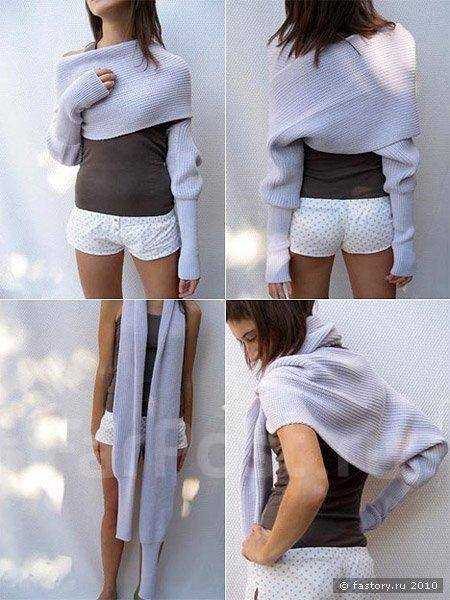
A fidget sleeve can be a fun and practical accessory to help relieve stress and keep your hands busy. While there are many pre-made options available, customizing your own fidget sleeve allows you to personalize it to your liking. Here are some tips on how to customize your fidget sleeve:
Choose the right yarn:

When customizing your fidget sleeve, the first thing to consider is the type of yarn you want to use. There are many options available, each with different textures and properties. You may want to choose a soft and smooth yarn for a more soothing fidgeting experience, or opt for a yarn with added texture for a more tactile experience.
Experiment with different stitch patterns:
Another way to customize your fidget sleeve is by experimenting with different stitch patterns. The type of stitch you use can add visual interest and enhance the sensory experience of using the sleeve. You can try simple stitches like garter stitch or stockinette stitch, or get more creative with textured stitches like ribbing or cables.
Add embellishments:
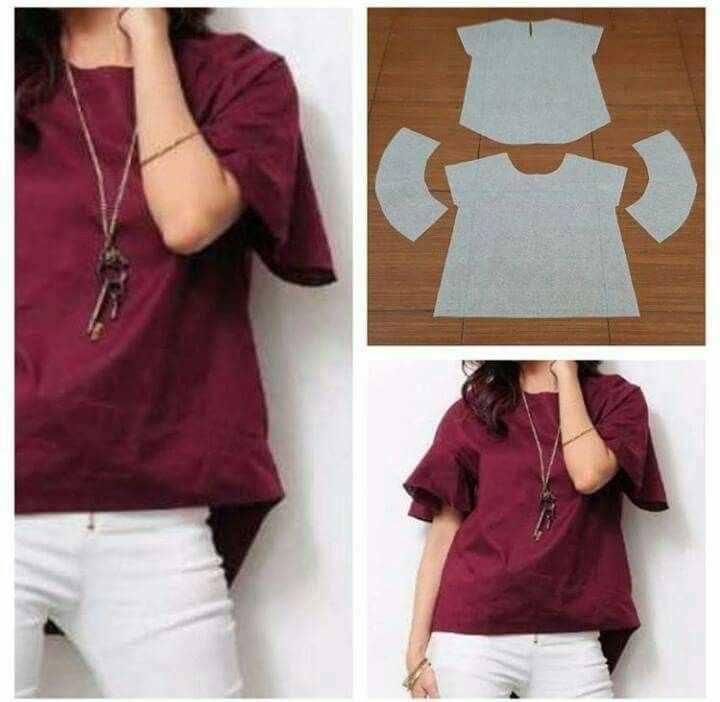
To further personalize your fidget sleeve, consider adding embellishments. You can attach buttons, beads, or charms to the sleeve to add visual interest and provide additional textures to fidget with. Just make sure that any embellishments are securely attached, so they don’t become a choking hazard.
Customize the size and shape:
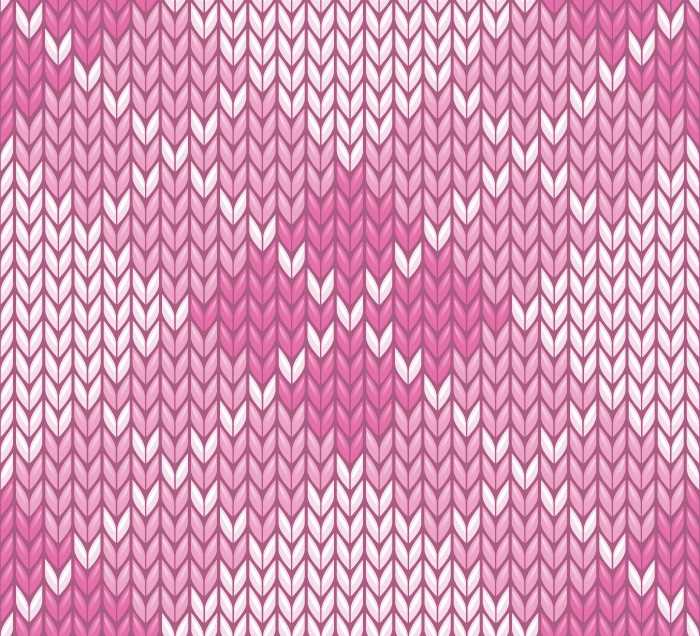
Lastly, you can customize the size and shape of your fidget sleeve to fit your specific needs. If you prefer a longer sleeve to cover more of your hand, you can adjust the pattern accordingly. You can also experiment with different shapes, such as a fingerless glove style or a tube shape. The options are endless, so feel free to get creative!
Customizing your own fidget sleeve can be a fun and rewarding project. By choosing the right yarn, experimenting with stitch patterns, adding embellishments, and customizing the size and shape, you can create a fidget sleeve that is uniquely yours.
Tips for knitting a fidget sleeve with different stitch patterns
Fidget sleeves are a great project for knitters looking to create a textured and functional accessory. By incorporating different stitch patterns, you can add visual interest and tactile stimulation to the sleeve. Here are some tips to help you knit a fidget sleeve with different stitch patterns:
1. Experiment with different stitch patterns
There are countless stitch patterns you can choose from to create a unique fidget sleeve. Consider trying out cables, bobbles, lace, or even colorwork to add complexity to your design. Experiment with different combinations of stitch patterns to find the perfect combination for your fidget sleeve.
2. Consider the tactile experience
When selecting stitch patterns for your fidget sleeve, think about how they will feel to touch. Cables and bobbles can provide a satisfying texture for fidgeting fingers, while lace patterns can offer a delicate and airy feel. Incorporating different textures throughout the sleeve can enhance the sensory experience for the user.
3. Mix and match stitch patterns
Don’t be afraid to combine multiple stitch patterns in your fidget sleeve. You can create a visually interesting effect by alternating different stitch patterns or by incorporating panels of different patterns. This can add complexity and dimension to your sleeve design.
4. Pay attention to tension and gauge
When working with different stitch patterns, it’s important to pay attention to your tension and gauge. Some stitch patterns may require looser or tighter knitting to achieve the desired effect. Swatching before you start your project can help ensure that you’re working with the right tension and gauge for your chosen stitch patterns.
5. Consider the intended user
When selecting stitch patterns for your fidget sleeve, consider the preferences and needs of the intended user. Some individuals may prefer softer textures, while others may enjoy more pronounced textures. By tailoring your stitch patterns to the user’s preferences, you can create a fidget sleeve that they will truly enjoy and find comforting.
By incorporating different stitch patterns into your fidget sleeve, you can create a unique and engaging accessory that provides both visual and tactile stimulation. Experiment with different stitch patterns and textures to find the perfect combination for your fidget sleeve project.
Adding embellishments to your fidget sleeve
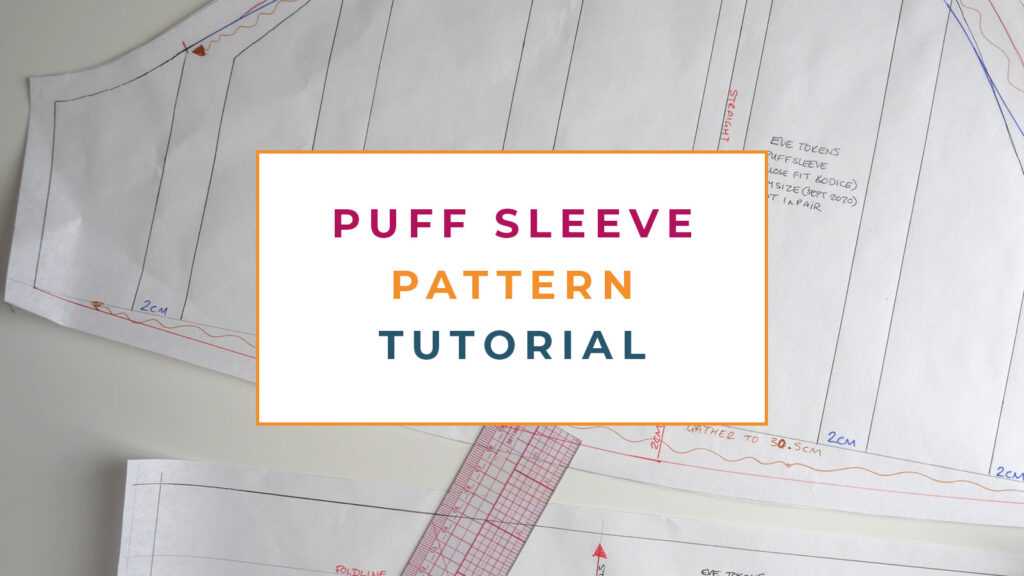
Once you have completed knitting your fidget sleeve, you can add various embellishments to make it more visually appealing and tactilely interesting. These embellishments can enhance the sensory experience and provide additional stimuli for fidgeting.
1. Buttons: Sewing buttons onto your fidget sleeve can offer a range of textures and shapes for sensory stimulation. Big or small, smooth or textured, buttons can be irresistibly tactile for those who enjoy touching and manipulating different materials.
2. Beads: Stringing colorful beads onto the yarn as you knit can create a beautiful visual effect. Beads can also serve as small sensory objects for fidgeting, keeping hands occupied and providing an additional source of tactile stimulation.
3. Ribbons: Attaching ribbons to the edges or weaving them into the knitting can add a playful touch to your fidget sleeve. Ribbons provide a contrasting texture to the yarn and can be used for pulling, knotting, or simply touching.
4. Tassels: Adding tassels to the corners of your fidget sleeve can create a fun and decorative element. Tassels can be made by attaching short lengths of yarn to the corners and then combing them out to form fluffy, dangling ends.
5. Patches or appliques: Sewing on fabric patches or appliques can personalize your fidget sleeve and make it even more unique. Choose fabrics with different textures or patterns to add visual and tactile interest.
Remember, the goal is to create a fidget sleeve that is both visually appealing and satisfying to touch. Experiment with different materials and techniques to find the embellishments that work best for you or the intended recipient of the sleeve.
Caring for your knitted fidget sleeve
Your knitted fidget sleeve is a delicate item that requires proper care to ensure its longevity and effectiveness. Here are some tips on how to care for your sleeve:
Cleaning
It is important to keep your fidget sleeve clean to prevent dirt and bacteria buildup. For light soiling, you can spot clean the sleeve using a mild detergent and a soft cloth. Gently dab the affected area and avoid rubbing or scrubbing too vigorously to prevent damaging the fabric. If the sleeve requires a deeper clean, you can hand wash it in lukewarm water with a gentle detergent. Avoid using bleach or harsh chemicals as they can damage the fibers and reduce the effectiveness of the fidget elements.
Drying
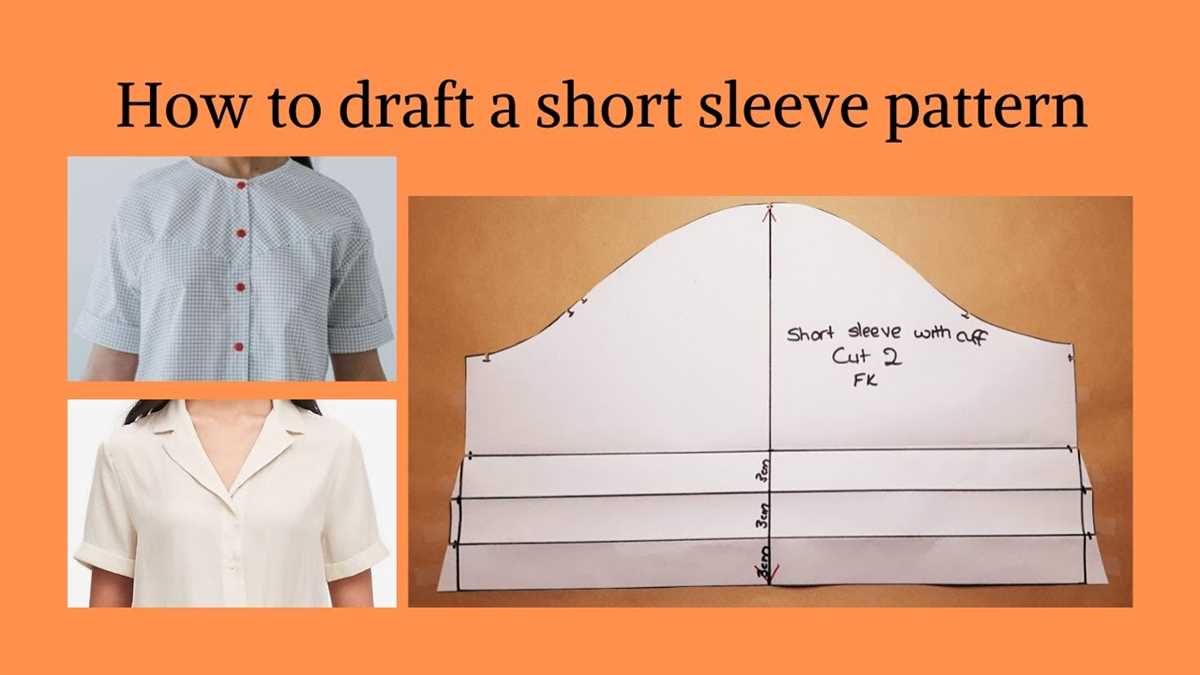
After cleaning, it is crucial to dry your knitted fidget sleeve properly to prevent mildew and mold growth. Lay the sleeve flat on a clean towel and gently press to remove excess water. Avoid wringing or twisting the sleeve as it can stretch or distort the fabric. Allow the sleeve to air dry in a well-ventilated area, away from direct sunlight and heat sources. Avoid using a dryer or hanging the sleeve to dry, as it can cause shrinkage or damage to the fidget elements.
Storage
When not in use, it is recommended to store your knitted fidget sleeve in a clean and dry environment. Avoid folding or creasing the sleeve to prevent permanent wrinkles. You can lay it flat or roll it up gently and secure with a ribbon or elastic band. Keep the sleeve away from sharp objects or rough surfaces that can snag or tear the fabric. Proper storage will help maintain the shape and functionality of the fidget sleeve for prolonged use.
By following these care instructions, you can ensure that your knitted fidget sleeve remains in excellent condition, providing you with a calming and sensory experience whenever you need it.
Alternative uses for a knitted fidget sleeve
While knitted fidget sleeves are commonly used as sensory tools for individuals with anxiety or ADHD, they can also serve other useful purposes. The versatility of these sleeves makes them a practical accessory for various situations and needs.
1. Desk organizer
The multiple pockets of a knitted fidget sleeve can be utilized to keep small office supplies organized on your desk. You can store pens, pencils, sticky notes, and other stationery items in the sleeves. This helps to declutter your workspace and ensures that everything is within reach.
2. Travel companion
If you often find yourself searching through your bag for essentials like headphones, keys, or travel documents, a knitted fidget sleeve can be a handy travel companion. You can attach it to the strap of your bag or carry it separately so that you have easy access to your important items while on the go.
3. Remote control holder
Tired of losing your TV remote or struggling to find it amidst the cushions of your couch? A knitted fidget sleeve can be the perfect solution. Simply slip the remote control into one of the sleeves, and you’ll always know where to find it. The textured knit fabric provides a secure grip, reducing the chances of accidentally dropping or misplacing the remote.
4. Knitting tool organizer
If you’re an avid knitter, you know that keeping track of all your knitting tools can be a challenge. A knitted fidget sleeve can be repurposed as a knitting tool organizer. Use the individual pockets to store your stitch markers, tapestry needles, measuring tape, and other knitting essentials. This way, you can have all your tools in one place and easily carry them with you wherever you go.
With its practical design and functional pockets, a knitted fidget sleeve can be more than just a sensory tool. It can help keep you organized, provide convenience while traveling, and serve as a versatile accessory for various needs.
Inspiration and ideas for using your fidget sleeve
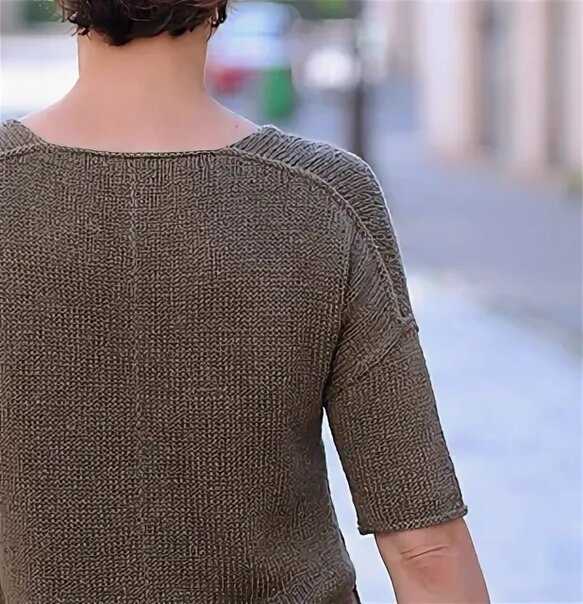
The possibilities for using your knitted fidget sleeve are endless! Whether you’re looking for a way to fidget discreetly at work or school, or simply want a comfortable and cozy sleeve to keep your hands busy, this versatile accessory has got you covered. Here are a few ideas to inspire you:
1. Stress relief at work or school
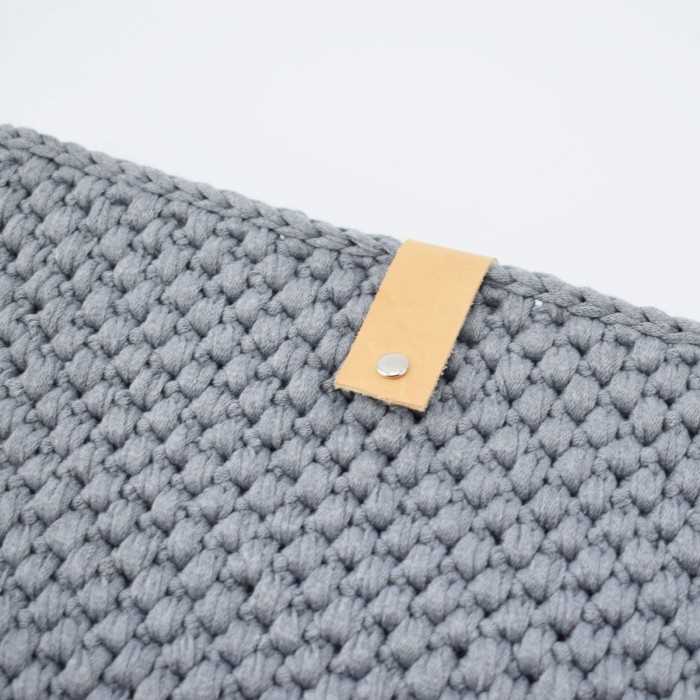
The fidget sleeve is perfect for those moments when you need to release some stress or anxiety in a subtle way. Simply slip it onto your arm or hand and discreetly engage with the textured stitches and buttons. The repetitive motions can help calm your mind and bring a sense of relaxation.
2. Focus aid during meetings or lectures
If you find it difficult to stay focused during long meetings or lectures, the fidget sleeve can be a helpful tool. By occupying your hands with the various textures and buttons, you can redirect your restless energy and improve your ability to concentrate on the task at hand.
3. Interactive sensory play for children
Children with sensory processing disorders or those who simply enjoy tactile stimulation will benefit from the fidget sleeve. The different textures and buttons provide a hands-on sensory experience, promoting fine motor skills and engaging their senses in a fun and interactive way.
4. Calming tool for anxiety or ADHD
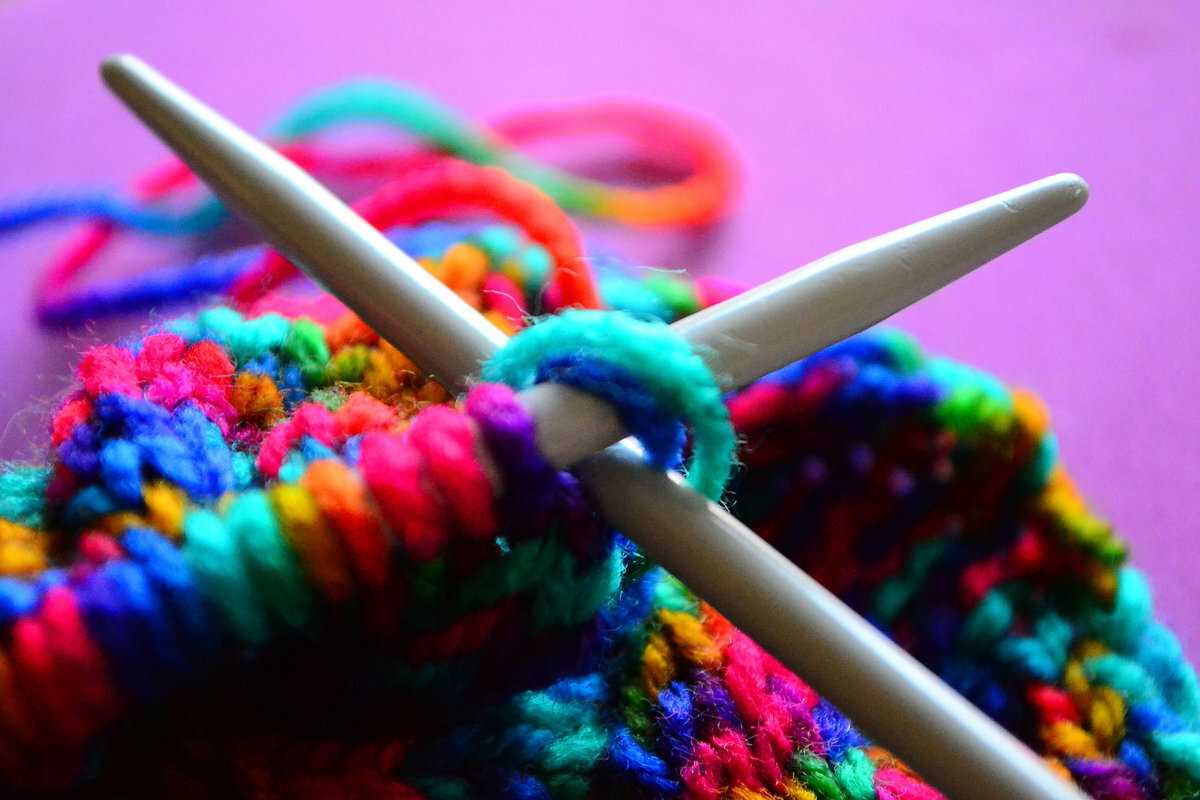
Individuals with anxiety or ADHD often find fidgeting to be helpful in managing their symptoms. The fidget sleeve can serve as a portable and discreet tool for fidgeting, allowing them to redirect their restlessness or nervous energy into a soothing and calming activity.
These are just a few ideas to get you started, but feel free to get creative and come up with your own unique ways to use your fidget sleeve. Whether you’re using it for self-care, sensory stimulation, or to simply keep your hands busy, this knitted accessory is both practical and stylish.
Exploring Other Fidget Toy Options
In addition to the knit fidget sleeve pattern, there are many other fidget toy options available for those who enjoy tactile stimulation. These toys can provide a range of sensory experiences and can be used as a tool to help individuals focus and relax.
1. Fidget spinners: Fidget spinners are small, handheld devices that consist of a bearing in the center and three prongs that spin around it. They are designed to spin rapidly with a flick of the finger and can provide a satisfying sensory experience.
2. Stress balls: Stress balls are small, squishy balls that can be squeezed and rolled around in the hand. They can help relieve stress and tension and can be used as a calming tool in stressful situations.
3. Tactile stones: Tactile stones are smooth, rounded stones that can be held and rubbed between the fingers. They can provide a calming sensory experience and can be used as a grounding tool.
4. Fidget cubes: Fidget cubes are small handheld devices that have different buttons, switches, and knobs that can be pressed and manipulated. They provide a variety of tactile experiences and can help individuals focus and relieve anxiety.
5. Kinetic sand: Kinetic sand is a moldable, sensory play material that can be shaped and molded. It provides a tactile experience and can be used as a stress-relieving tool.
6. Worry stones: Worry stones are smooth, flat stones with an indentation in the center. They can be rubbed with the thumb to provide a calming sensation and can be used as a tool to reduce anxiety.
When it comes to fidget toys, the key is to find what works best for you. Experiment with different options to discover which toys provide the most benefit in terms of focus, relaxation, and sensory stimulation. Whether it’s a knitted fidget sleeve or another fidget toy, having something to fidget with can be a helpful tool for many individuals.